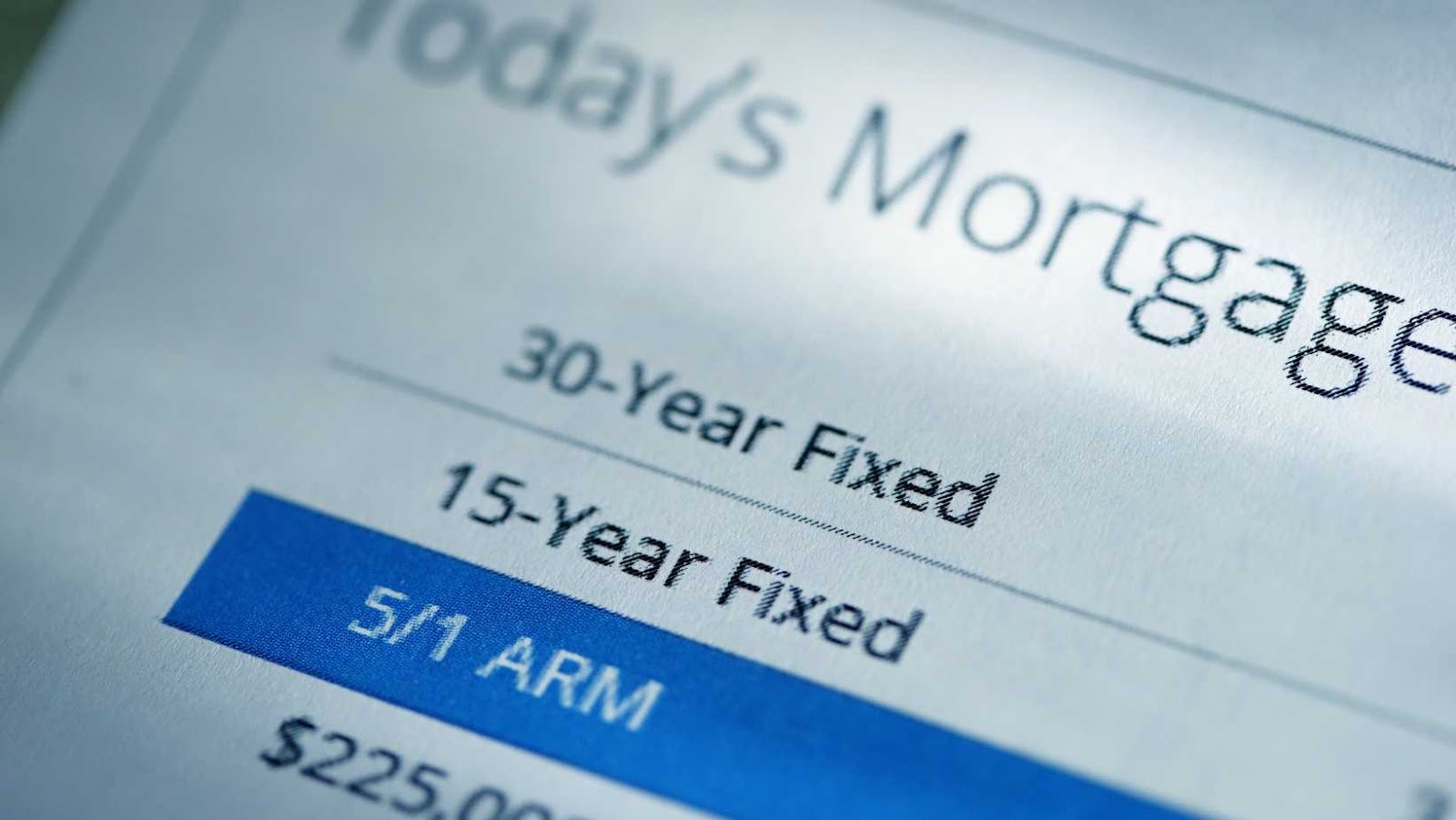As a self-employed individual, there are a few things you need to know in order to calculate your income for a mortgage loan. The first thing you need to do is get an idea of your average monthly income over the past two years. This can bedone by looking at your tax returns, bank statements, and any other documentation that would show your monthly income. Once you have your monthly income figured out, you will need to deduct any expenses that are related to your business. This can include things like office expenses, travel expenses, and any other business-related costs. After you have deducted these expenses, you will be left with your net income. Your net income is the amount of money you have left after all of your business-related expenses have been deducted. This is the number that you will use when calculating your self-employed income for a mortgage loan. Lenders will typically require two years of tax returns in order to verify your income, so it is important to have this documentation ready when you apply for a loan.

How to Calculate Self Employed Income For Mortgage Loans
Self-employment is becoming increasingly common, and it’s important to understand how lenders view this type of income when you’re applying for a mortgage.
Generally speaking, self-employment income is any money that you earn from working for yourself, whether it’s through freelancing, contract work, owning a business, or something else. If you’re self-employed, you likely don’t have an employer who withholds taxes from your paycheck, so it’s important to set aside money throughout the year to pay your taxes. There are a few things that lenders will want to see when you’re applying for a mortgage and you have self-employment income. Firstly, they’ll want to see evidence of this income – typically in the form of tax returns. They’ll also want to see that you have a solid history of self-employment – typically at least two years – as this will help to prove that your income is stable and reliable. Another thing that lenders will look at when you have self-employment income is your debt-to-income ratio (DTI). This is a ratio that basically looks at how much debt you have in relation to your income, and it helps lenders to determine whether or not you can afford a loan. A general rule of thumb is that your DTI should be no more than 43%, but this may vary depending on the lender.
If you’re self-employed and you’re looking to apply for a mortgage loan, there are a few things that you need to keep in mind. Be sure to have evidence of your income, a solid history of self-employment, and a strong debt-to-income ratio.Following these tips will help increase your chances of being approved for a loan.
What Are The Requirements For Self-Employment Income For a Mortgage loan?
In order to qualify for a mortgage loan, self-employed borrowers must show that they have a stable and consistent income. This usually means providing tax returns and other financial documents for the past two to five years.
Lenders will typically use two methods to calculate self-employed income for mortgage loans: the gross income approach and the net income approach. Under the gross income approach, lenders will take your total annual income before taxes and deductions and divide it by the number of months you’ve been self-employed. This will give them an average monthly income figure that can be used to qualify you for a loan.
Under the net income approach, lenders will take your total annual income after taxes and deductions and divide it by the number of months you’ve been self-employed. This will give them a lower monthly income figure, but it may still be enough to qualify you for a loan.

How to Calculate Self-Employment Income for a Mortgage Loan?
Self-employment income can be irregular and hard to predict, which can make it difficult to get a mortgage loan. Lenders will typically require tax returns and other financial documentation to verify your income.
There are a few ways to calculate your self-employment income for a mortgage loan:
1) Use your average income from the last two years. This is the most common method used by lenders. If your income has fluctuated during this time, you may want to use a different method.
2) Use your lowest annual income from the last two years. This method is typically used if your income has been on the decline.
3) Use your highest annual income from the last two years. This is usually used if your income has been steadily increasing.
4) Use a combination of these methods. For example, you could use your average monthly income from the last six months, or your average quarterly income from the last year.
5) Use an alternative method approved by the lender. Some lenders may be willing to use other methods of calculating your self-employment income, such as bank statements or profit and loss statements.
Conclusion
To sum it up, in order to get a mortgage loan as a self-employed individual, you will need to show that you have a steady income and have been self-employed for at least two years. You will also need to provide tax returns and other financial documentation in order to prove your income.
